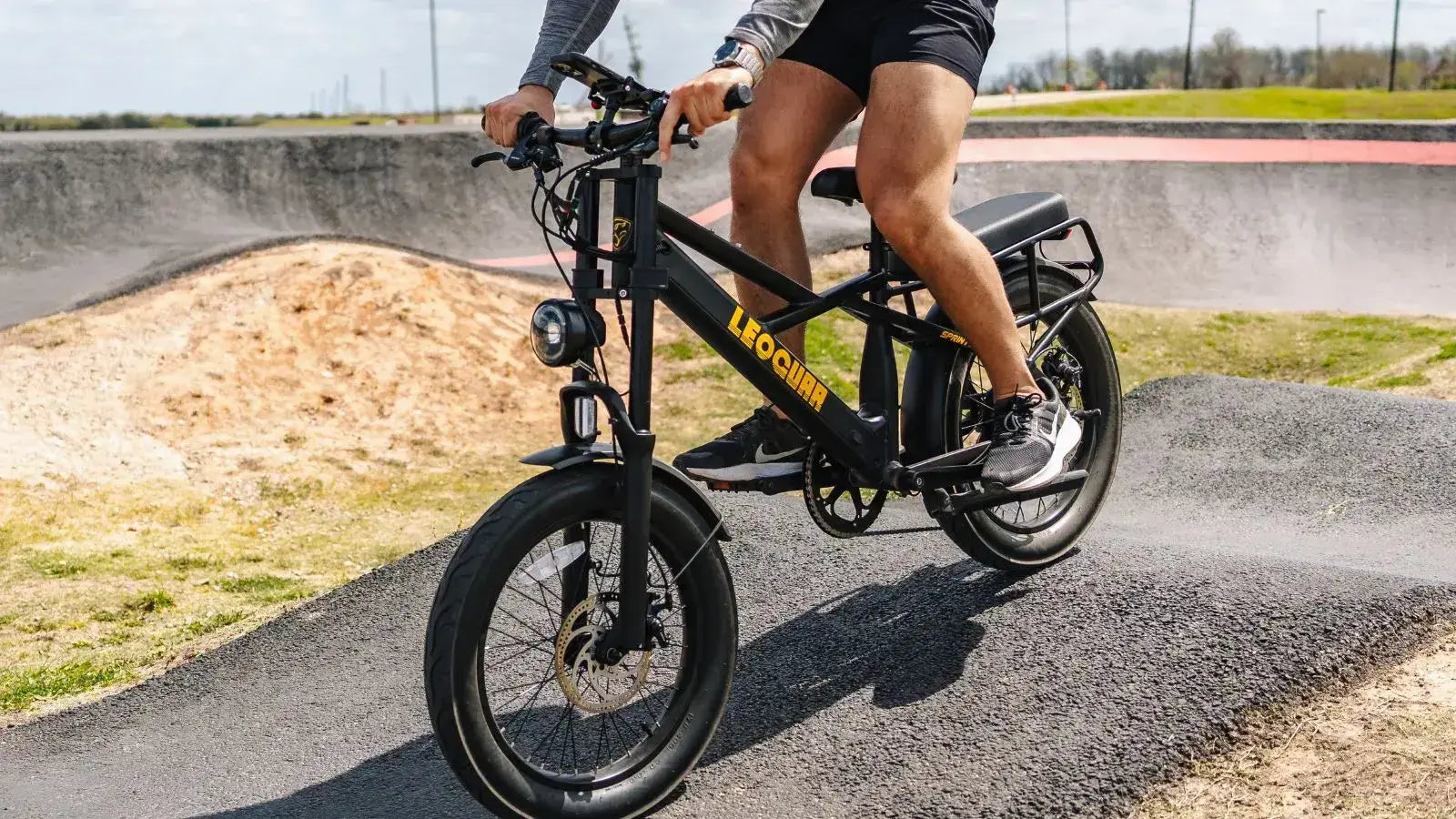
Ultimate Guide: Class 3 eBikes Safety Rules You Can't Ignore in 2025
Introduction – Overview of Class 3 eBikes and Their Safety Needs
Class 3 eBikes stand out for their 28 mph maximum assisted speed and pedal-assist only design. These powerful bikes are changing how people commute in cities and enjoy high-speed cycling. Combining advanced motor technology with enhanced safety features requires riders to follow strict gear standards, proper riding behavior, and road awareness practices. The growing popularity of Class 3 eBikes has put safety at the forefront, causing riding experiences, rules, and industry developments to change over time.
Daily riding shows that even experienced city commuters can face unexpected dangers when they don't use proper gear and follow good riding habits. We've seen firsthand in many city environments that safety gear isn't just required by law—it's essential for preventing accidents. This article provides a complete guide detailing necessary safety gear, behavior guidelines, and street awareness strategies to help riders stay safe on Class 3 eBikes.
By following these measures and understanding how Class 3 eBikes perform, riders will be better prepared to handle mixed traffic situations while staying updated on rule changes and real-world riding challenges. The sections below break down everything from the technical details of Class 3 eBikes and legal limits to practical examples that highlight everyday safety practices.
Understanding Class 3 eBikes: Features, Regulations, and Rider Responsibilities
Definition and Key Features
A Class 3 eBike is defined by its pedal-assist system that only works when the rider pedals and stops helping when the bike reaches 28 mph. These bikes typically have speedometers built in and motors up to 750W, providing strong assistance for city commutes and longer trips. The technical features also include large batteries, higher torque, and designs similar to high-performance bicycles rather than motorcycles.
These features clearly separate Class 3 eBikes from Class 1 and Class 2 models. Class 1 eBikes only support speeds up to 20 mph and only use pedal assist, while Class 3 eBikes offer higher speeds under controlled conditions for urban riding needs. Some makers add safety features like better braking systems and extra suspension parts to handle the increased speed.
Regulatory Overview
Laws for Class 3 eBikes are strict because these bikes can go faster. Riders must usually be at least 16 or 17 years old—sometimes 18—and helmet laws are strictly enforced, especially for riders under 18. For detailed legal information, sources like "Ebike Classes and Legal Status" explain that Class 3 motors cannot exceed 750 watts, and certain trails or shared paths may be off-limits.
Many areas only allow Class 3 eBikes on public roads and bike lanes, often banning them from bike trails, sidewalks, and multi-use paths. Rules require that the motor only helps when you pedal, with a firm cutoff at 28 mph to reduce risks similar to motor vehicles. These legal measures protect riders and ensure eBikes safely share space with pedestrians, cyclists, and cars.
Rider Responsibilities
Understanding and following local eBike rules is a key duty for every rider. Riders must stay updated on local laws, as different areas have different rules about where Class 3 eBikes can be ridden legally. It's important to check speed limits, helmet requirements, and any local restrictions on bike lanes or pedestrian areas before riding.
Riders must also make sure their eBike works properly before each trip, checking tire pressure, battery condition, and brakes. Using a safety checklist based on real experiences can help riders prevent common maintenance and rule-related problems. Being a responsible rider means watching your surroundings and respecting other road users by following traffic signals, using hand signals, and riding politely.
Essential Safety Gear for Class 3 eBike Riders
Helmets and Head Protection
Wearing a properly fitted helmet is the most important safety step for Class 3 eBike riders. A well-made helmet designed to absorb impacts greatly reduces the risk of serious head injuries during accidents. Besides standard helmets, some riders use extra head protection like face shields or impact protectors, especially in busy city traffic.
Many riders upgrade to helmets with MIPS (Multi-directional Impact Protection System) for better safety. Our experiences show that buying high-quality helmets improves rider confidence and visibly reduces impact force during unexpected crashes. Regular helmet fit checks and replacing helmets after any major impact are strongly recommended to maintain proper protection.
Body Armor and Impact Protection
Beyond protecting your head, body armor provides a crucial layer of defense on Class 3 eBikes. Protective gear including padded vests, elbow guards, and knee pads helps absorb impacts from falls or crashes. Gloves with extra padding not only improve grip but also protect hands from scrapes and injuries.
Professional riders and city commuters find that lightweight impact-resistant clothing makes a big difference during accidents. Reports from experienced riders show that even in small falls, body armor significantly reduces injuries to vulnerable body areas and joints. This protective gear, combined with tough clothing made for high-speed riding, creates a complete barrier against high-speed impact risks.
Visibility and Night Riding Gear
Visibility gear is just as important, especially when riding in early mornings or evenings. Reflective clothing, LED accessories, and bright bike lights help other people see you better, reducing crash risk. Adding bright, reflective strips to helmets, vests, or even the eBike frame can alert drivers and pedestrians to your presence.
Practical examples include using front and rear lights that work together, which many riders have adopted based on real experiences in low light. Some riders mount special lights on handlebars and add reflective stickers to their eBikes, creating extra safety by making the rider much more visible. These measures work especially well in cities where car traffic and changing light conditions require extra alertness.

Riding Etiquette for Class 3 eBikes
Road Sharing and Courtesy
Following proper riding etiquette is essential when sharing the road with others. Riders should always use clear hand signals to show turns and lane changes to drivers and other cyclists. Riding predictably builds trust on the roads and creates a peaceful commuting experience for everyone.
Polite riding goes beyond signaling; it means keeping a safe distance from other vehicles and cyclists to avoid problems. Experienced riders suggest avoiding sudden lane changes or quick stops that might confuse others on the road. Respecting crosswalks and yielding when needed creates a safer road environment where everyone can share the space comfortably.
Navigating Bike Lanes and Shared Paths
Understanding and following rules when riding in bike lanes and on shared paths reduces risks and conflicts. Riders should use bike lanes correctly—staying right when possible and only moving left to pass slower riders. Always check for signs showing whether Class 3 eBikes are allowed, as many areas have restrictions on their use.
Reports and personal experience show that aggressive riding can cause conflicts with other users. Riding calmly and predictably helps avoid unnecessary arguments and dangers on crowded paths. Riders who respect shared spaces typically have fewer problems and enjoy a more pleasant commuting experience.
Road Awareness: Navigating Traffic, Infrastructure, and Local Regulations
Understanding Traffic Dynamics
Being aware of traffic patterns is crucial when riding Class 3 eBikes on busy streets. Riders must constantly watch how cars move and adjust their riding style to avoid potential dangers. This includes defensive riding techniques, like keeping a safe following distance and checking intersections for unexpected movements from vehicles or pedestrians.
Techniques like watching changing traffic patterns and anticipating stop-and-go traffic work well in real situations. Closely watching driver behavior and regularly using hand signals helps create a safe and predictable riding environment. Riders should be proactive rather than reactive, which is common practice among experienced city cyclists.
Infrastructure and Route Planning
Good route planning is key to safe riding on Class 3 eBikes. Finding safe routes means checking the quality of bike lanes, road conditions, and possible hazards like construction zones or busy intersections. Planning your route ahead of time and using apps that provide real-time traffic updates is valuable for city commuters.
Using diagrams or tables to show risk levels for different routes can greatly help with decision-making. For example, a table might group roads by risk level – from low, moderate, to high – with recommended actions for each scenario.
An example table could include:
Road Environment | Risk Level | Recommended Action
Adding these planning methods to your daily riding routine has been shown to improve both efficiency and safety. Riders who know their surroundings can confidently predict traffic patterns and adjust their behavior as road conditions change.
Local Regulation Awareness
Staying updated on local regulations is an ongoing responsibility for every Class 3 eBike rider. Regularly check local government websites, advocacy group pages, and updated legal documents for any changes in eBike laws. Riders should also know about seasonal or location-specific rules that might temporarily affect which roads or paths they can use.
Officials often release updated guidelines about helmet requirements, age limits, and allowed riding zones, which can vary between different areas. Some cities may temporarily ban Class 3 eBikes from certain bike paths during busy pedestrian times or due to construction. Following these local laws ensures legal compliance and builds community trust and safety among all road users.
Unique Insights and Case Studies: Real-World Experiences and Practical Safety Tips
Case Study: A Day in the Life of a Class 3 eBike Commuter
A typical Class 3 eBike commute begins with a complete pre-ride safety check, making sure helmets, protective gear, and lights work properly. In one recorded case, a rider had to stop suddenly at a busy intersection, where a properly fitted helmet and body armor prevented serious injury during an emergency braking situation. Using hand signals and maintaining a predictable path helped the commuter navigate through heavy traffic safely.
Throughout the day, the commuter faced multiple situations requiring quick decisions: merging into fast traffic lanes, avoiding pedestrians crossing suddenly, and slowing down in narrow alleys. In each case, the pre-ride check and good riding habits played vital roles in preventing crashes and safely moving through dense city traffic. The case study clearly shows that a well-prepared rider who respects both regulations and safety practices can greatly reduce risks while enjoying the speed and efficiency of Class 3 eBikes.
Step-by-Step Safety Checklist
A complete safety checklist is essential for every Class 3 eBike rider before and after each ride. Before riding, check that the brakes work, tires are properly inflated, lights function, and all gear—including helmets, gloves, and reflective clothing—is correctly worn. Make sure the speedometer works correctly and the battery level is sufficient for your trip.
Right before riding, perform these checks:
-
Look over the eBike frame for any damage or loose parts.
-
Confirm that the motor assist stops at 28 mph to stay within legal limits.
-
Test the brakes by pressing firmly and gradually increasing speed to check for any delay.
After riding, do a maintenance check:
• Check tires for wear and make sure there are no objects stuck in the tread.
• Recharge the battery or connect it to a maintenance charger if needed.
• Note any unusual sounds or vibrations that might indicate wear and fix them promptly.
Including emergency contact information and regular maintenance tips in your checklist is highly recommended. This proactive approach, based on real experience and actual outcomes, has consistently helped reduce risks and strengthen safe riding habits for Class 3 eBike riders.
Expert Advice and References
Summarizing Expert Insights
Experts agree that safety on Class 3 eBikes starts with understanding both the technology and the rules that govern it. Experienced city commuters and safety experts agree that investing in quality safety gear, from helmets to reflective clothing, is essential given the higher speeds and quick reactions needed for Class 3 eBike riding. Experts also emphasize that proper riding etiquette—using consistent hand signals, making predictable movements, and using defensive driving techniques—further reduces the chance of dangerous situations on busy roads.
These insights are supported by solid data from industry authorities and real case studies that highlight the value of structured safety preparation and ongoing education. Riders should adopt an attitude of constant readiness—combining routine safety checks with updated knowledge of local eBike laws. This approach not only creates a safer commuting culture but also adds credibility to the recommendations from experienced professionals in the field.
Recommended External Resources
For more detailed guidance and to verify safety recommendations, check these authoritative sources: • E-bike Safety Tips – a resource focused on complete safety protocols essential for riders of all eBike classes.
These resources offer verified data and regular updates on eBike safety that support the advice in this article. They remind us that continuing education and following changing laws remain essential for every Class 3 eBike rider. Including expert commentary and external references not only validates the practices discussed but also helps riders make informed decisions about their safety and legal compliance.
Conclusion and Safety Checklist Recap
In summary, riding a Class 3 eBike requires commitment to strong safety practices including proper gear use, strict riding etiquette, and active road awareness. This guide has outlined the critical elements—from technical definitions and regulatory requirements to real-world case studies and expert recommendations—that every rider must understand. By following the detailed pre-ride and post-ride safety checklist, riders can greatly reduce accident risk while improving both their mobility and confidence on faster urban eBikes.
The safety protocols and insights shared here aim to create a community of informed, responsible riders who value both personal and group safety. As Class 3 eBikes continue to change urban commuting, it's important that every rider embraces these practices for a safe, enjoyable, and law-abiding riding experience. We encourage you to adopt these guidelines, check local updates regularly, and always ride with safety as your top priority.
Remember, a proactive approach means you're always one step ahead—making every journey not just efficient but also safe for yourself and those sharing the road.
FAQs
-
What is the maximum speed of a Class 3 eBike?
-
Class 3 eBikes have a maximum assisted speed of 28 mph with pedal-assist only functionality.
-
What safety gear is mandatory for Class 3 eBike riders?
-
A DOT-approved helmet is mandatory, along with reflective clothing and proper lighting for night riding.
-
Are Class 3 eBikes allowed on all bike paths?
-
No, Class 3 eBikes are often restricted from bike trails, sidewalks, and multi-use paths, mainly allowed on public roads and bike lanes.
-
What is the minimum age requirement for riding a Class 3 eBike?
-
The minimum age requirement varies by location but is typically between 16-18 years old.
-
What's the maximum motor power allowed for Class 3 eBikes?
-
Class 3 eBikes are limited to a maximum motor power of 750 watts in most jurisdictions.




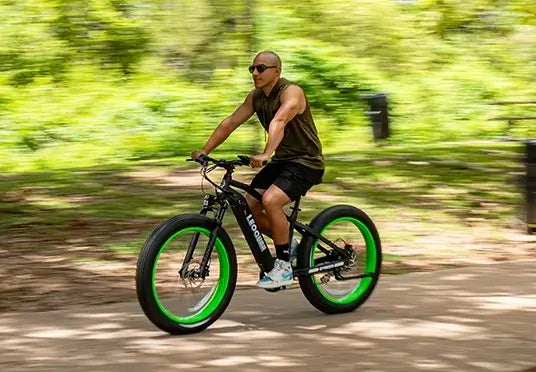
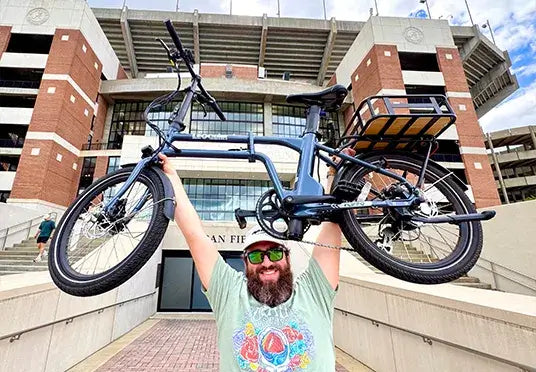
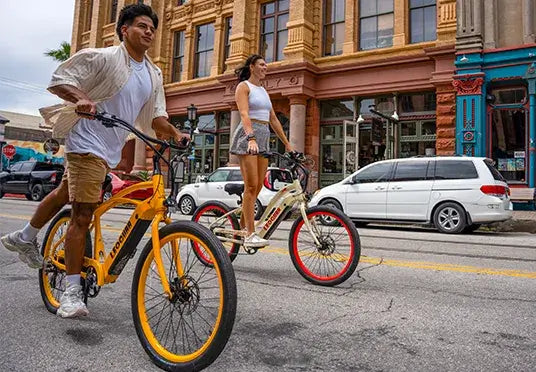
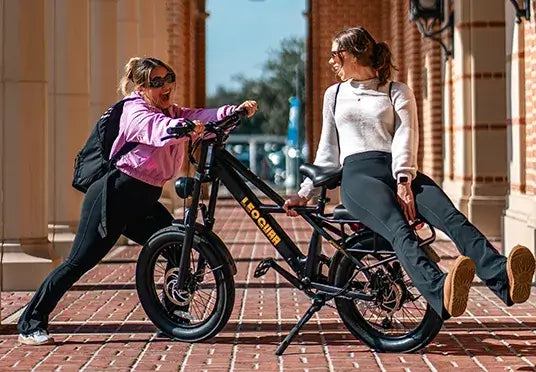
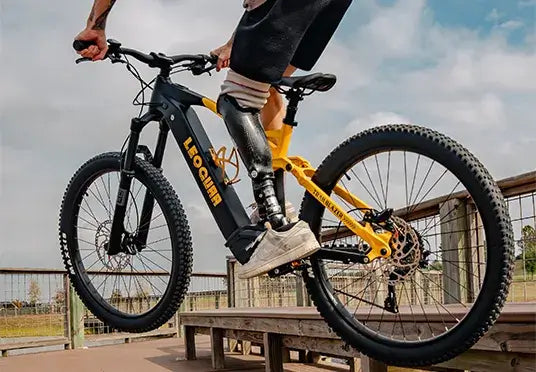

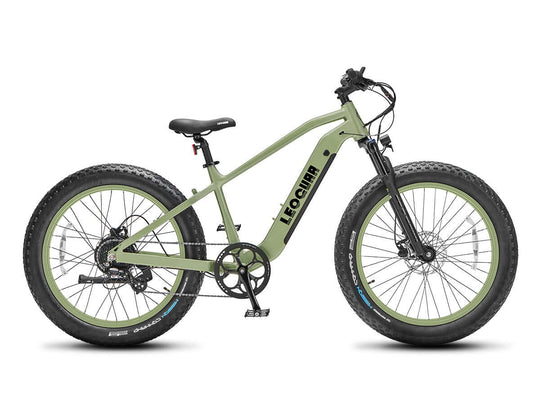
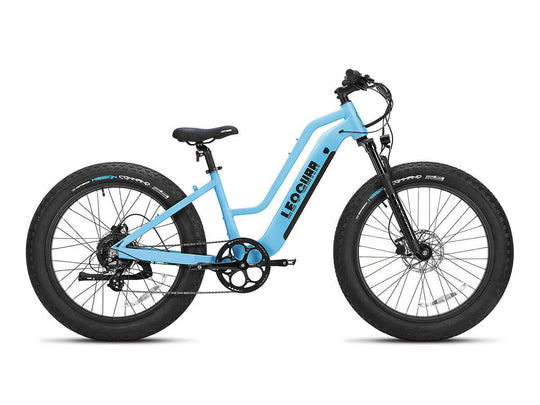
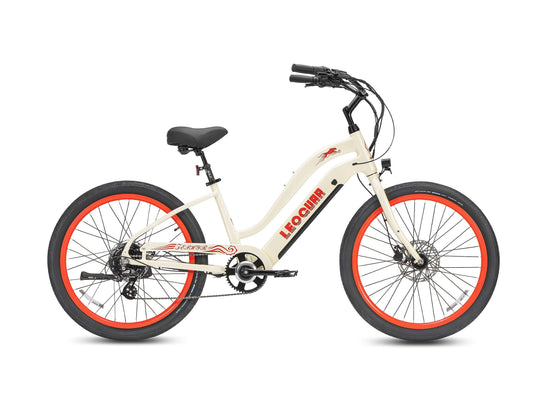
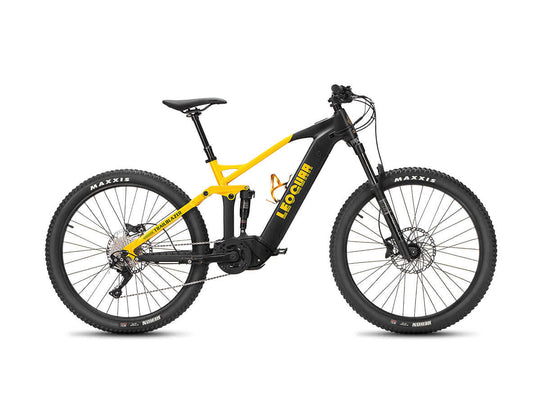
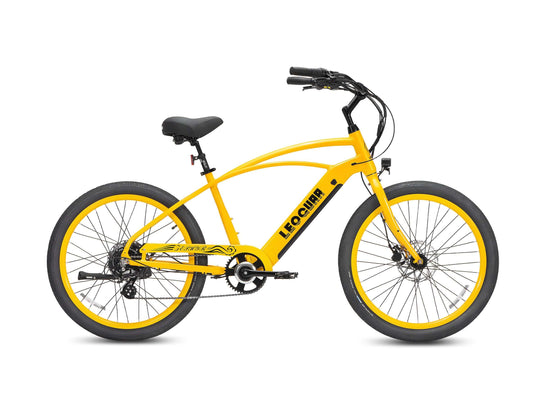
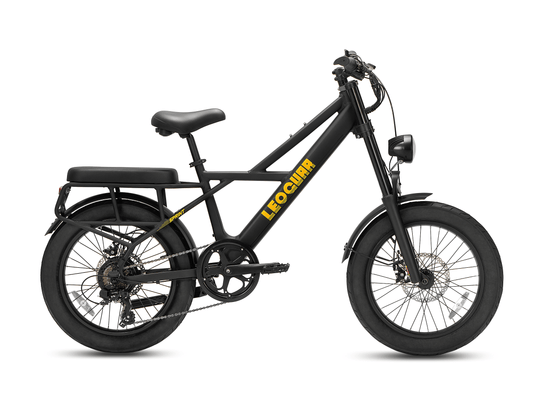

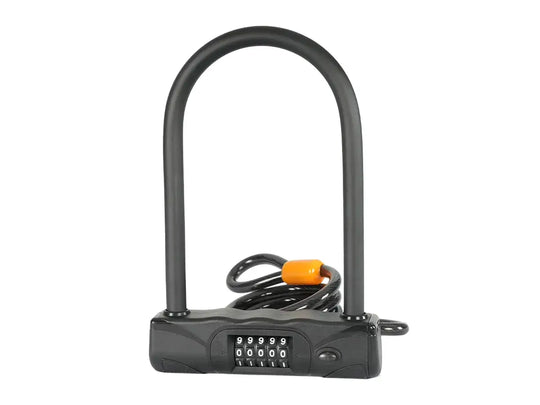
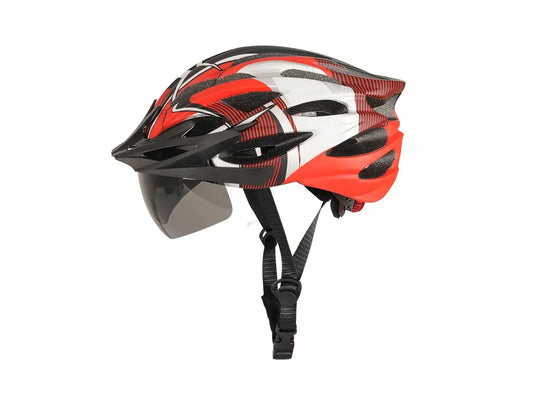
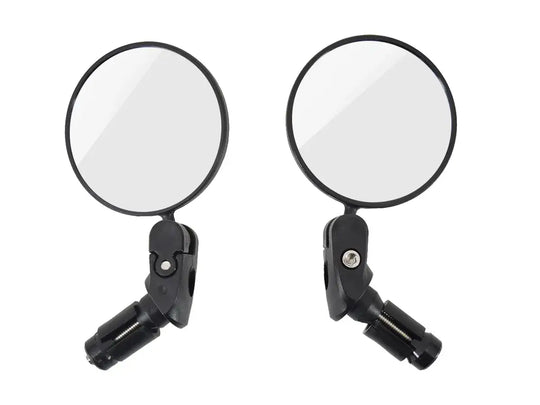

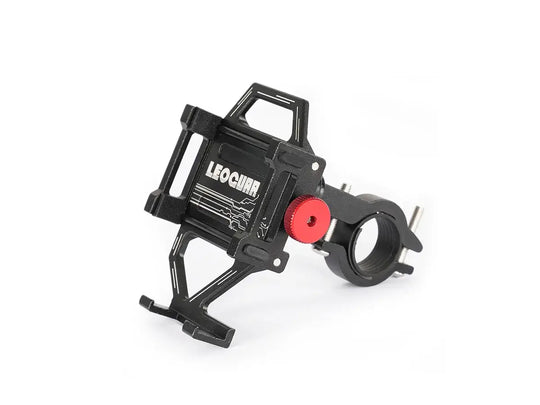
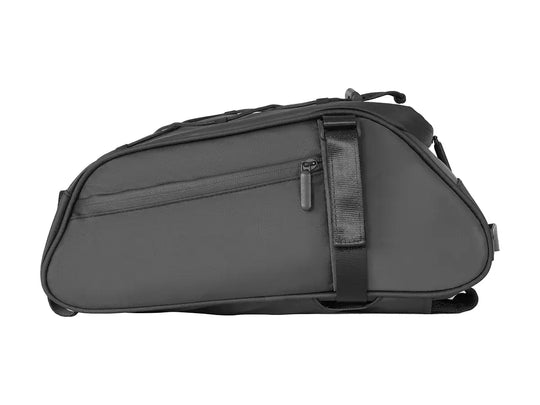
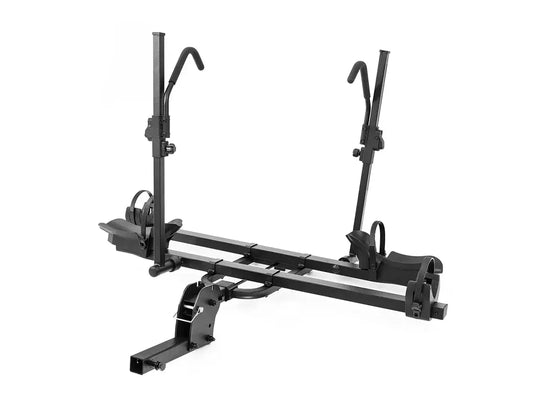

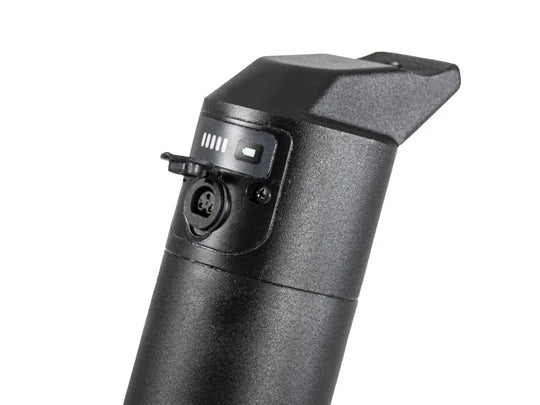
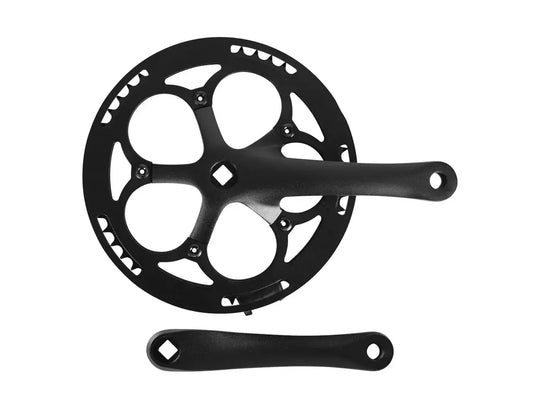
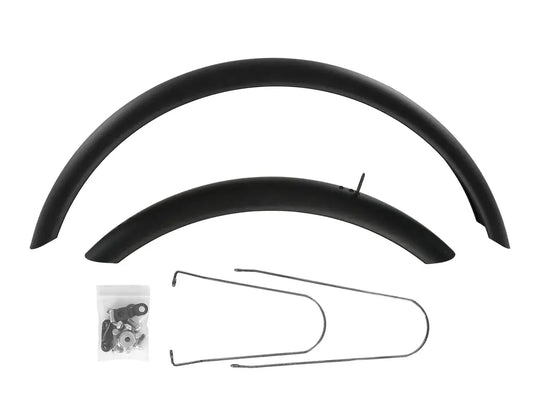
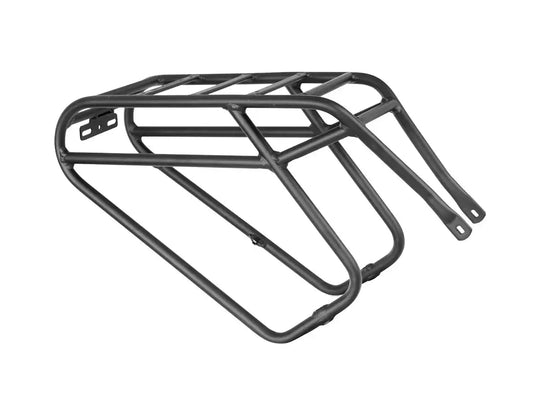
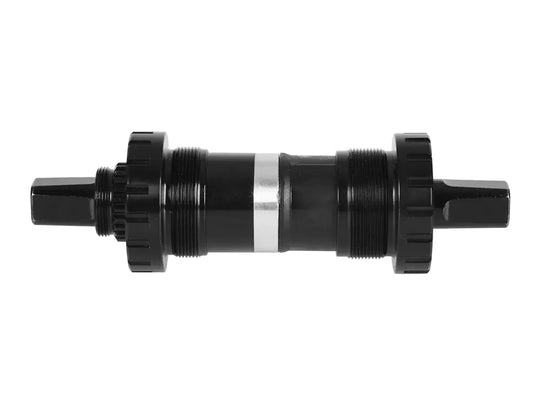
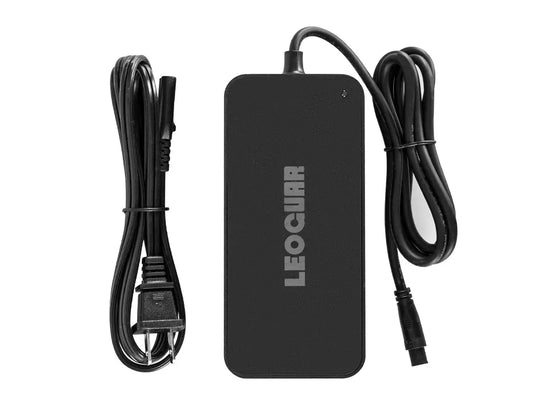
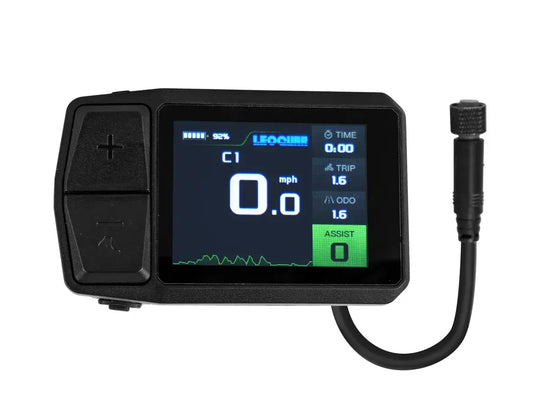
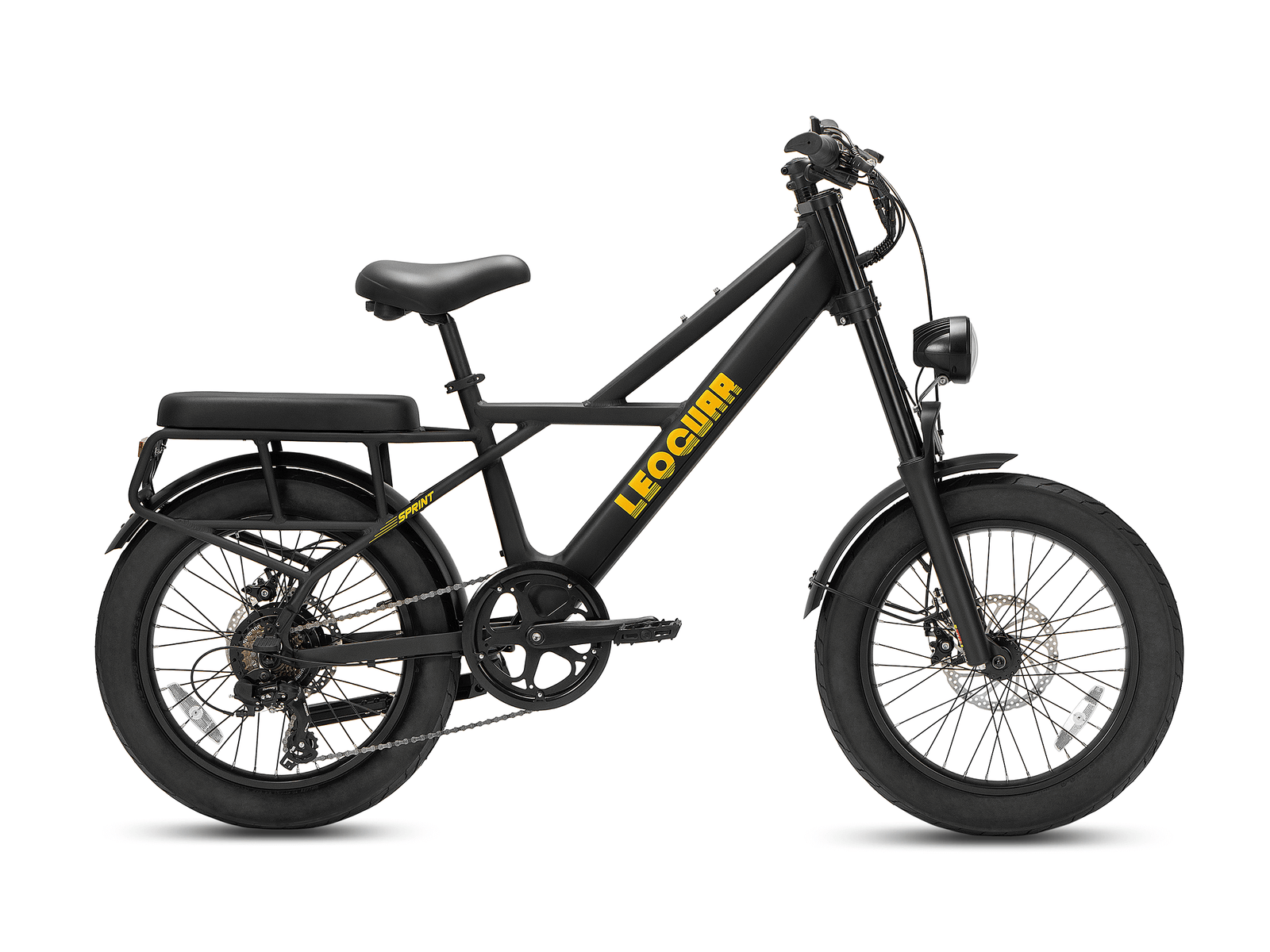








Leave a comment